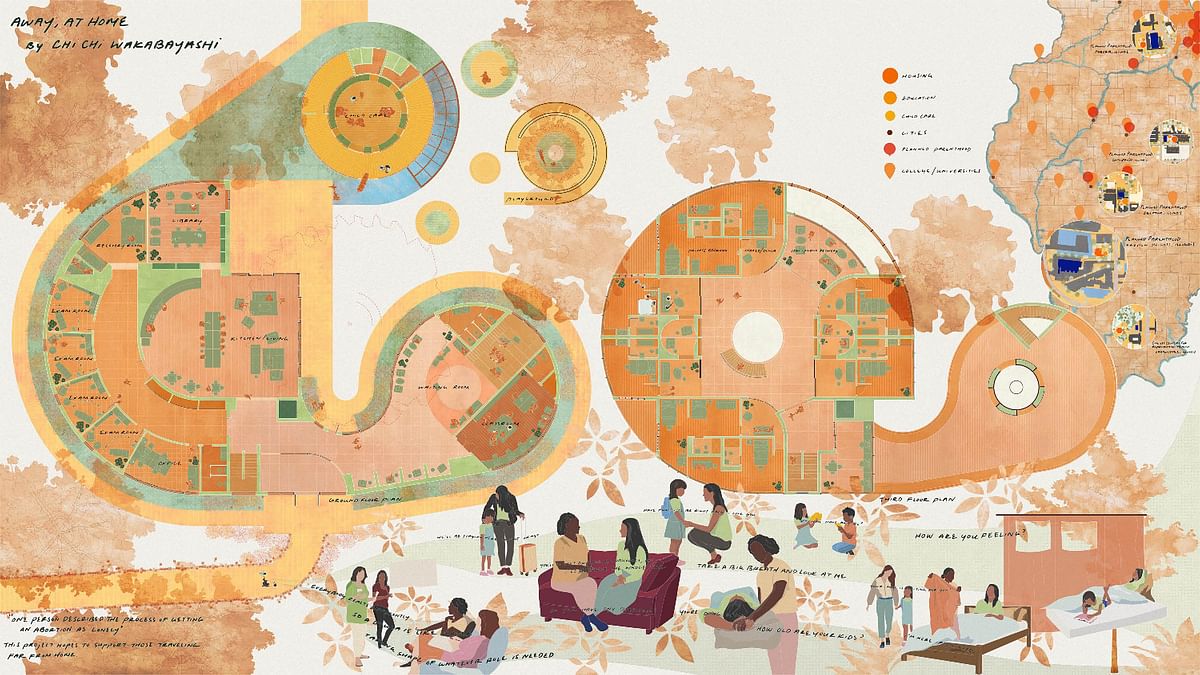New Center for Architecture exhibition features students and designers responding to the call for reproductive justice nationwide
The Center for Architecture in New York City has announced the opening date for Spatializing Reproductive Justice. The immersive exhibition of recent student-led research and the works of contemporary designers showcases the best practices in healthcare design in the years after the controversial decision to overturn Roe v. Wade spurred architecture’s progressive call to action.“Spatializing Reproductive Justice illustrates how architects and architecture have a role in the collective pursuit of reproductive freedom, healthcare access, and sustainable environments in which people of all ages can thrive,” co-curator Lindsay Harkema says of the staging. “Highlighting the reproductive justice framework that was created by Black women three decades ago, the exhibition aims to raise awareness about the lived, spatial realities of restricted access to reproductive health and wellbeing as well as the critical importance of community-led networks of care.”Read the full post on Bustler


The Center for Architecture in New York City has announced the opening date for Spatializing Reproductive Justice. The immersive exhibition of recent student-led research and the works of contemporary designers showcases the best practices in healthcare design in the years after the controversial decision to overturn Roe v. Wade spurred architecture’s progressive call to action.
“Spatializing Reproductive Justice illustrates how architects and architecture have a role in the collective pursuit of reproductive freedom, healthcare access, and sustainable environments in which people of all ages can thrive,” co-curator Lindsay Harkema says of the staging. “Highlighting the reproductive justice framework that was created by Black women three decades ago, the exhibition aims to raise awareness about the lived, spatial realities of restricted access to reproductive health and wellbeing as well as the critical importance of community-led networks of care.”Read the full post on Bustler
